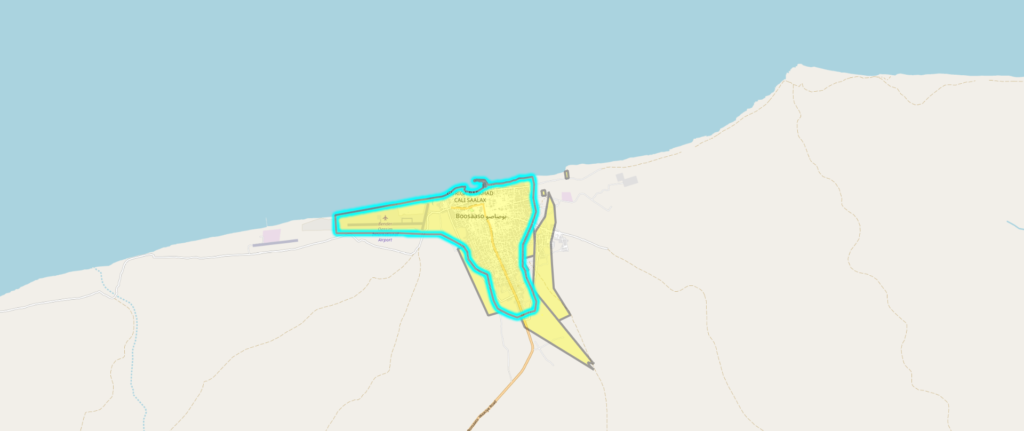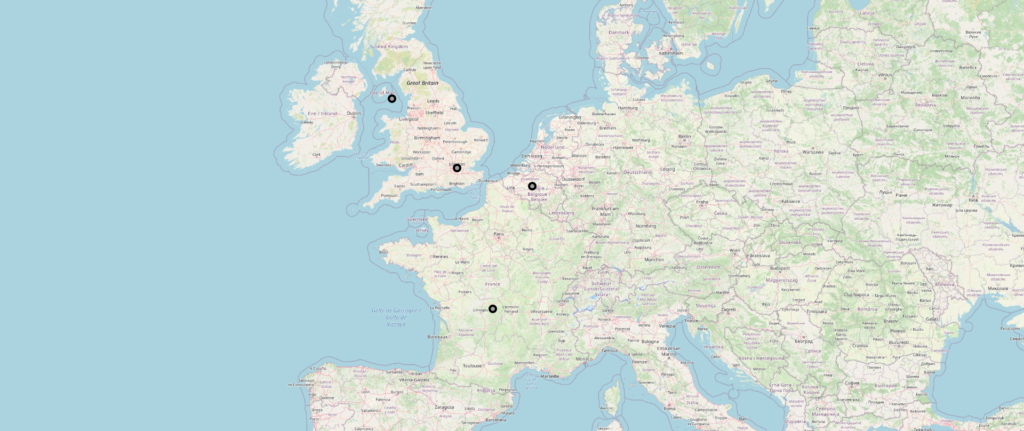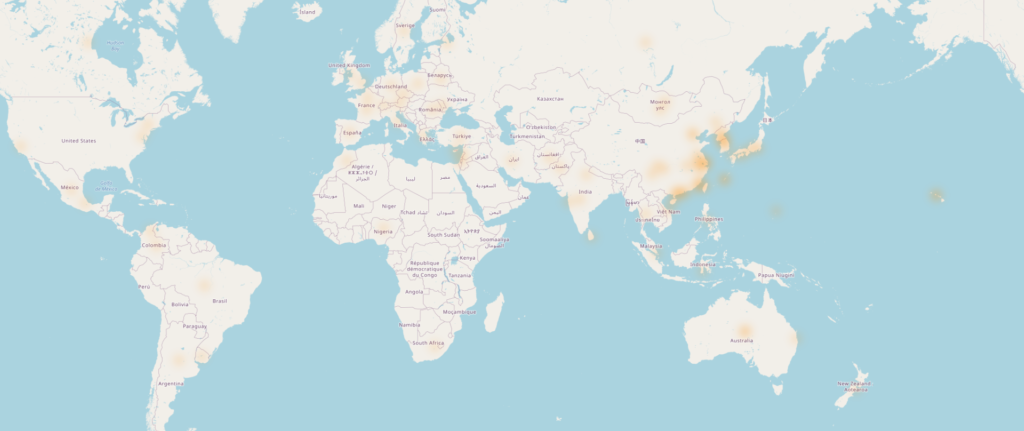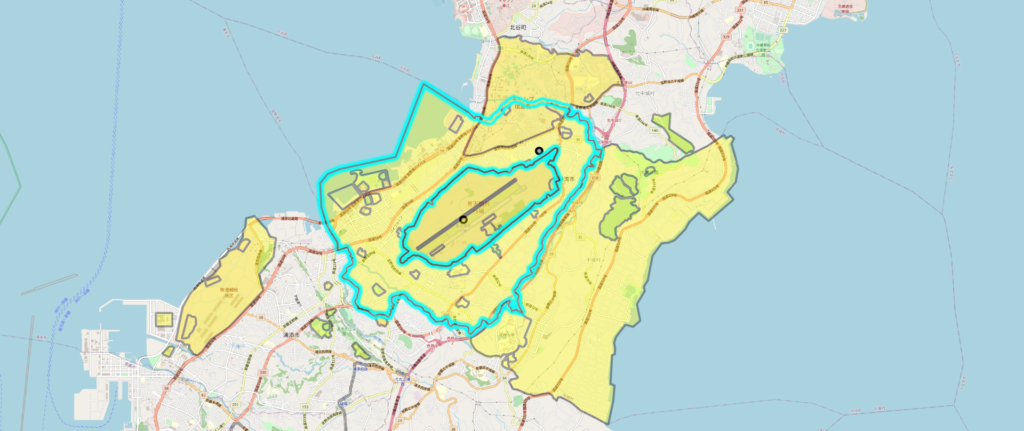Source: gisuser.com
In the rapidly evolving business landscape, companies are constantly seeking innovative ways to support their growth. One such method is the use of Geographical Information Systems (GIS), specifically enterprise GIS from Esri.
Enterprise GIS is a geospatial intelligence system that allows organizations to access, share, and analyze geographic data on an enterprise-wide scale. It is fact-based, rigidly structured, and hypothesis-driven, making it an invaluable tool for businesses aiming for growth.
Geospatial intelligence provides insights into patterns, relationships, and trends by analyzing data in the context of its geographical location. This intelligence is crucial for strategic decision-making, as it offers a comprehensive view of various factors influencing the business environment.
Enterprise GIS can significantly contribute to a company’s growth strategy. For instance, RSK Group, a UK environmental consultancy, partnered with Esri UK to enhance the use of GIS technology across 14 countries. This move supported RSK’s plans to quadruple its revenue to over £5bn by 2030 and double its environmental and engineering businesses.
The deployment of online geospatial technology can meet the increasing demand for services like environmental impact and biodiversity net gain surveys. By facilitating the expansion of such services, enterprise GIS can play a pivotal role in a company’s growth.
The contract between RSK Group and Esri UK allowed for the development of business tools, improved collaboration, and access to advanced Esri software. This innovation and collaboration primarily benefited users in the UK, Netherlands, China, India, UAE, Uganda, and Kenya.
In conclusion, enterprise GIS from Esri is a powerful tool that can support company growth by providing geospatial intelligence, facilitating expansion, and promoting innovation and collaboration. As companies continue to navigate the complexities of the business landscape, the strategic use of enterprise GIS will undoubtedly play a crucial role in their success.
Link:





